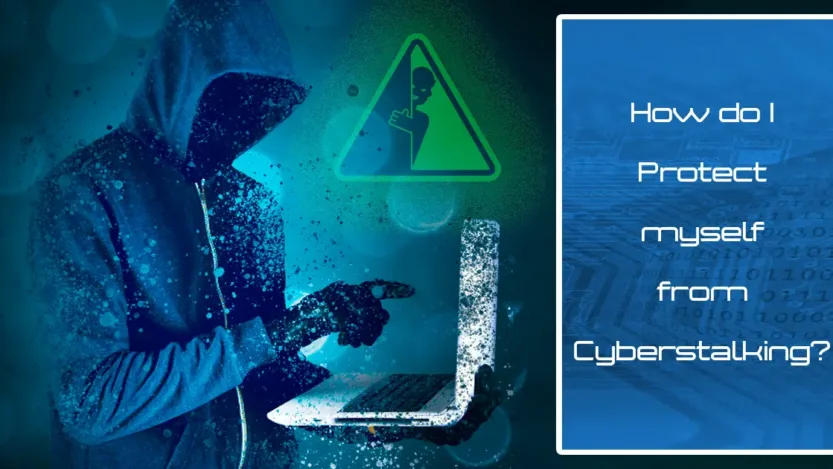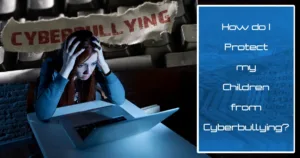In the digital age, cyberstalking represents a significant threat to personal safety and privacy. With individuals of all ages, genders, and backgrounds at risk, understanding how to protect oneself is imperative. Cyberstalking Prevention Tips offer essential guidance to navigate the complexities of online interactions safely. By adopting proactive measures, you can significantly reduce the risk of falling victim to cyberstalking and maintain your digital well-being.
1. Mindful Online Sharing
The digital footprint you leave can become a roadmap for cyberstalkers. Exercise caution when sharing personal information on social media and other online platforms. Refrain from posting sensitive details such as your home address, phone number, or financial information. Remember, the internet never forgets; even deleted posts can linger in cached forms or screenshots.
2. Fortify Your Online Privacy
Your online privacy settings are your digital shields. Regularly review and adjust your social media and website privacy settings to ensure that only trusted individuals have access to your personal information. Employ secure hosting services for personal blogs or websites, enhancing your defense against unwanted scrutiny.
3. Strengthen Account Security with 2FA
Two-factor authentication (2FA) adds an extra layer of security to your online accounts. By requiring a secondary code upon login attempts, 2FA makes unauthorized access significantly more challenging for potential cyberstalkers. Enable 2FA on all critical accounts, including email, social media, and financial services.
4. Craft Unbreakable Passwords
A strong password is your first line of defense in cyberstalking prevention. Create complex passwords that are unique for each account, incorporating a mix of characters, numbers, and symbols. Regularly update your passwords and consider using a reputable password manager to keep track of them securely.
5. Limit Public Information
Minimize the amount of personal information you make publicly available. Opt to share only essential contact details, like an email address, rather than more sensitive data. Be judicious in what you share on platforms like Facebook, Twitter, and TikTok, aiming for a balance between social interaction and privacy.
6. Vigilant Account Monitoring
Regularly monitor your online accounts for any signs of unauthorized access or suspicious activities. This includes unexpected changes in settings, unfamiliar posts, or messages. Early detection of these red flags can prevent further intrusion by cyberstalkers.
7. Report and Act on Suspicious Behavior
Do not hesitate to report any threatening or inappropriate behavior encountered online. Whether it’s through social media channels or law enforcement, taking action not only protects you but can also prevent future harassment of others.
8. Professional Support and Legal Recourse
If concerns about cyberstalking persist despite taking preventive steps, seeking professional help and exploring legal options may be necessary. Law enforcement and support services can offer guidance and, if warranted, pursue legal action against perpetrators.
Securing Your Digital Domain with Grab The Axe
At Grab The Axe, we are committed to fostering safe online environments for individuals and businesses alike. Our comprehensive security assessments are designed to identify vulnerabilities in your digital presence and recommend robust solutions to enhance your cyber security posture.
Cyberstalking Prevention Tips: Take Action with Grab The Axe
Protecting yourself from cyberstalking requires more than just caution; it demands action. By implementing these Cyberstalking Prevention Tips, you can create a safer online environment for yourself and your loved ones. Reach out to Grab The Axe today to schedule a security assessment and take a significant step towards securing your digital life against cyberstalking.
References:
Stouffer, C. (2024, February 28). Cyberstalking: What it is and how to protect yourself. Norton. Retrieved from https://us.norton.com/internetsecurity-emerging-threats-how-to-deal-with-cyberstalking.html
Balaban, D. (2018, December 5). What Cyberstalking Is and How to Prevent It. Tripwire. Retrieved from https://www.tripwire.com/state-of-security/featured/cyberstalking-prevention-tips/
Cyberstalking Prevention Tips – To Learn More:
How Do I Protect My Children from Cyberbullying?
Maximizing School Campus Security: A Comprehensive Guide for Safer Educational Environments





Pingback: How Do I Protect My Children from Cyberbullying? - Grab The Axe